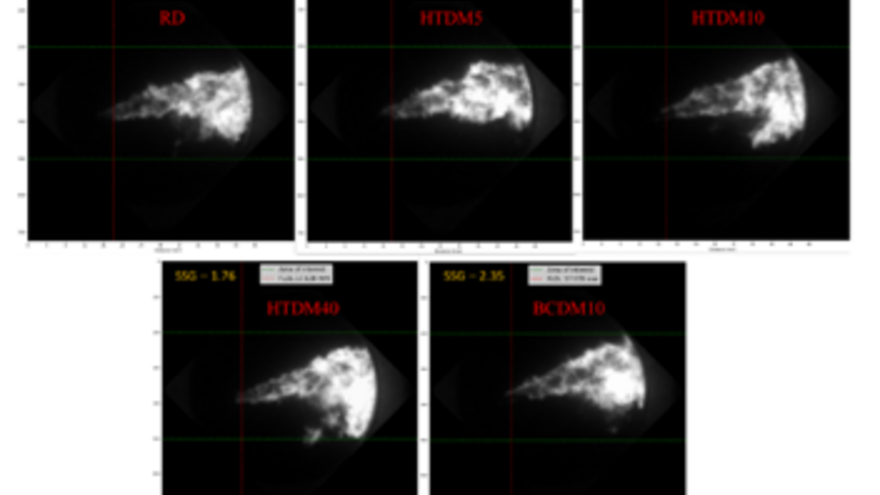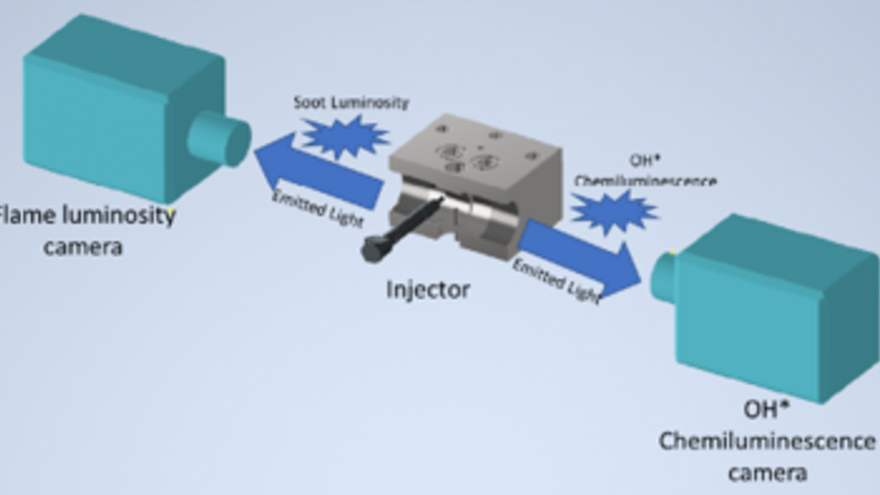Bio4Fuels' Work Package 5.3 has conducted a detailed study on combustion and emissions in an optical engine using hydrothermal liquefaction (HTL) fuel.
We are excited to share the findings from our recent paper (Khare et al., Energies 16 (2023) 6754) followed by the study on fuel production from municipal solid waste (Kohansal et al., Fuel 350 (2023) 128770).
Blending HTL Fuel with Diesel
Our research involved testing various blends of HTL fuel with standard reference diesel. These blends included both upgraded (hydrotreated) and non-upgraded biofuel from raw crude distillation. It is noteworthy that the addition of up to 40% HTL fuel resulted in good performance, akin to regular diesel operation. However, we observed an increase in soot and nitrogen oxide (NOx) emissions, which raised concerns.

Nitrogen Components and NOx Emissions
Our analysis pointed out that HTL fuel contains nitrogen components, which may contribute to the elevated NOx emissions. Consequently, our current focus is on the development of a surrogate formulation for HTL fuel that replicates the combustion and emission characteristics of practical fuels. Initially, pyridine (C5H5N) has emerged as a promising candidate for representing the nitrogen content.

The Stochastic Reactor Model (SRM) Approach
To gain deeper insights into emission formation, we have initiated a project that employs the Stochastic Reactor Model (SRM). This advanced model simulates engine behavior by considering detailed chemical kinetics and in-cylinder mixture inhomogeneity. We have also established and validated a comprehensive chemical kinetic scheme that encompasses larger hydrocarbon molecules and pyridine.
What Lies Ahead
With the aid of our calibrated model, our goal is to offer a comprehensive explanation of intensified emission formation. Furthermore, we anticipate proposing a novel injection strategy aimed at mitigating these emissions. Our research is at the forefront of advancing our understanding of HTL fuel and its implications for cleaner combustion.
